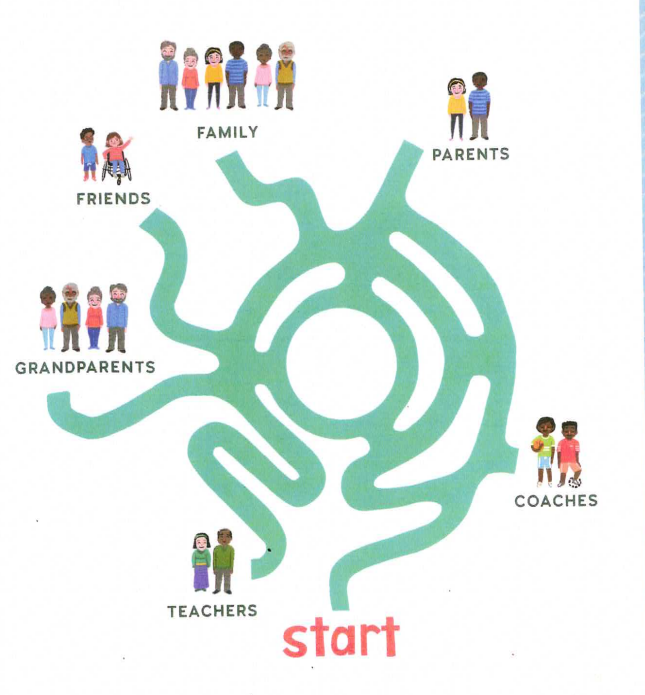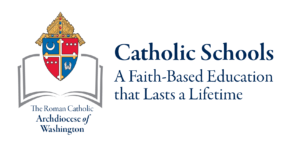Breathe in… breath out… Elementary schools incorporate daily practices to help with anxiety of returning to in-person education
Breathe in . . . hold for a moment . . breathe out. That feeling you’re having is real and it will pass.
Mental health experts have long been concerned about increased anxiety during the pandemic. Adjusting to new rules, new practices and changing information can cause uncertainty and stress in adults and children alike.
Staff at Sacred Heart School in Mount Pleasant have been preparing to support their students by participating in training on Conscious Discipline, a social emotional learning curriculum. This approach begins by having adults learn how to calm themselves so that they can model calm for their students. Vice Principal Melissa Mazzini has already seen some success this fall. When a new pre-K3 student had difficulty staying calm after saying good-bye to his parent, Ms. Mazzini and his teacher took turns sitting with him and practicing breathing exercises. After a few minutes, they invited him to join in. Several days of practice later, that same student had his first tear-free good-bye.
Proactive planning can also predict and minimize moments in the day when students might experience uncertainty. Sacred Heart staff put this in action by creating a social story for an upcoming fire drill. The story showed what it looks like, what it sounds like, and used images from the actual school so that students could visualize the drill. Mazzini emphasized how they “use the language of safety” when teaching new routines and structures across the school.
Katherine Tapp Sanders, the counselor at St. Thomas More Academy in Washington Highlands teaches her students to do “temperature checks” while in school. She asks “Are you bubbling over? Luke warm? Or cool as a cucumber?” Once they are able to put words to their emotional state, the students then learn to use the “Spaghetti” exercise to think of how anxiety can make them feel stiff and breakable like uncooked pasta. The students practice how to take charge and soften their “noodles” in various ways–first with a silly “noodle dance”, then by practicing taking deep breaths, or giving themselves a deep hug.

Recognizing the need, Kevin McShane and Bridget Tansey, the principal and counselor at Holy Trinity in Georgetown collaborated to put a more intentional social emotional education plan in place this fall. Their theme for the first month of school is support networks. Tansey visited classes and led them in drawing maps and mazes to visualize who the support people are in their lives are and how they can reach them. Identifying and connecting with people that care about us can make a crucial difference in maintaining mental health and managing anxiety.
Breathing exercises, visual directions, mapping supports, and light-hearted imagery all help to both validate anxiety and offer empowering skills. Learning them as adults and teaching them to our kids can go far in helping us all manage the anxiety stirred up in the past year and a half. It could even make us more resilient in the future. And, who doesn’t enjoy a “noodle dance” every now and then?
Laney Park, LCSW, is the Counseling Services Coordinator for the Catholic Schools Office of the Roman Catholic Archdiocese of Washington and a counselor at Sacred Heart School in DC. She’s grateful for the map of colleagues, friends and family that support her and allow her to support students, counselors and schools.
